Those of you who have read "The Business Of Show," the blog next door, know that I have done a lot of theatre over the past three decades. I have acted, worked scene shift crew, made or found costume parts, music, props etc., been sound person, hung and focused lights, run follow spot, and built lots and lots of scenery. I've seen great plays on crappy sets, seen crappy plays on great sets, and even crappy plays on crappy sets.
Not many people are as attuned to the scenery as I am. When I see a movie, I'm watching the sets as much as the story. When I go to a theme park, I'm feeling surfaces and knocking on them - fiberglass? concrete? wood? metal? But plays are the real deal. Ever since I saw "The Tempest" in London in 1975, I've known how stage scenery can be an integral part of the show. That was what nudged me into set work in community theatre, to get a feel for how it's done, and then to professional scenery construction for twenty two years.
When Mr. Snyder hoodwinked me into my first ever set design back in March, the pressure was on to create something that would be flexible and fast to shift on a tiny stage with no wing space and no fly capability. What I came up with worked, which is my first judging criterion. In fact, it gave me goosebumps a couple of times, shades of "The Tempest" in London.
The fact that it all looked good I attribute to Sue Crandall and her dedicated crew of painters. A scenery engineer I may be, but the look of it was all Sue and her painters. And the hinged walls were my idea, but Jim and Bill and Jason and Jacob and Lennie and Sue found and modified flats, secured them in position and hinged them so they would work, even with the uneven stage floor. I never had a hand in making my "boxes with exterior scenery on the outside and interiors on the inside" idea work. And work it did. The rolling double sided pieces were pretty much all me, as was the tree.
Better even than all of that, the show itself was excellent for a community theatre production. I think my greatest accomplishment in "The Secret Garden" was to design and build scenery that was as good as the show, that allowed the many overlapping scenes to flow into each other without bogging them down. I saw the show twice in rehearsal and twice in performance, and it made me proud every time.
Friday, May 20, 2011
Subscribe to:
Post Comments (Atom)







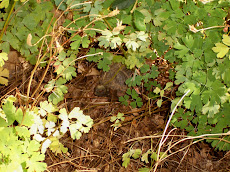
























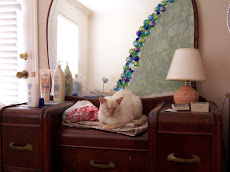








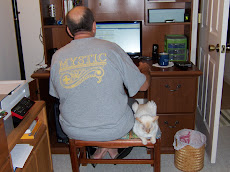



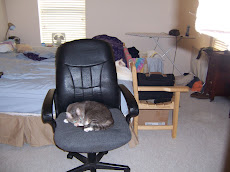
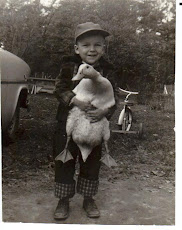
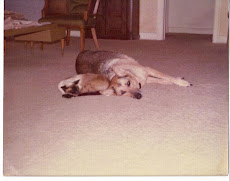
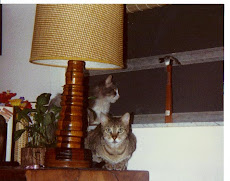


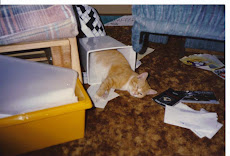


No comments:
Post a Comment